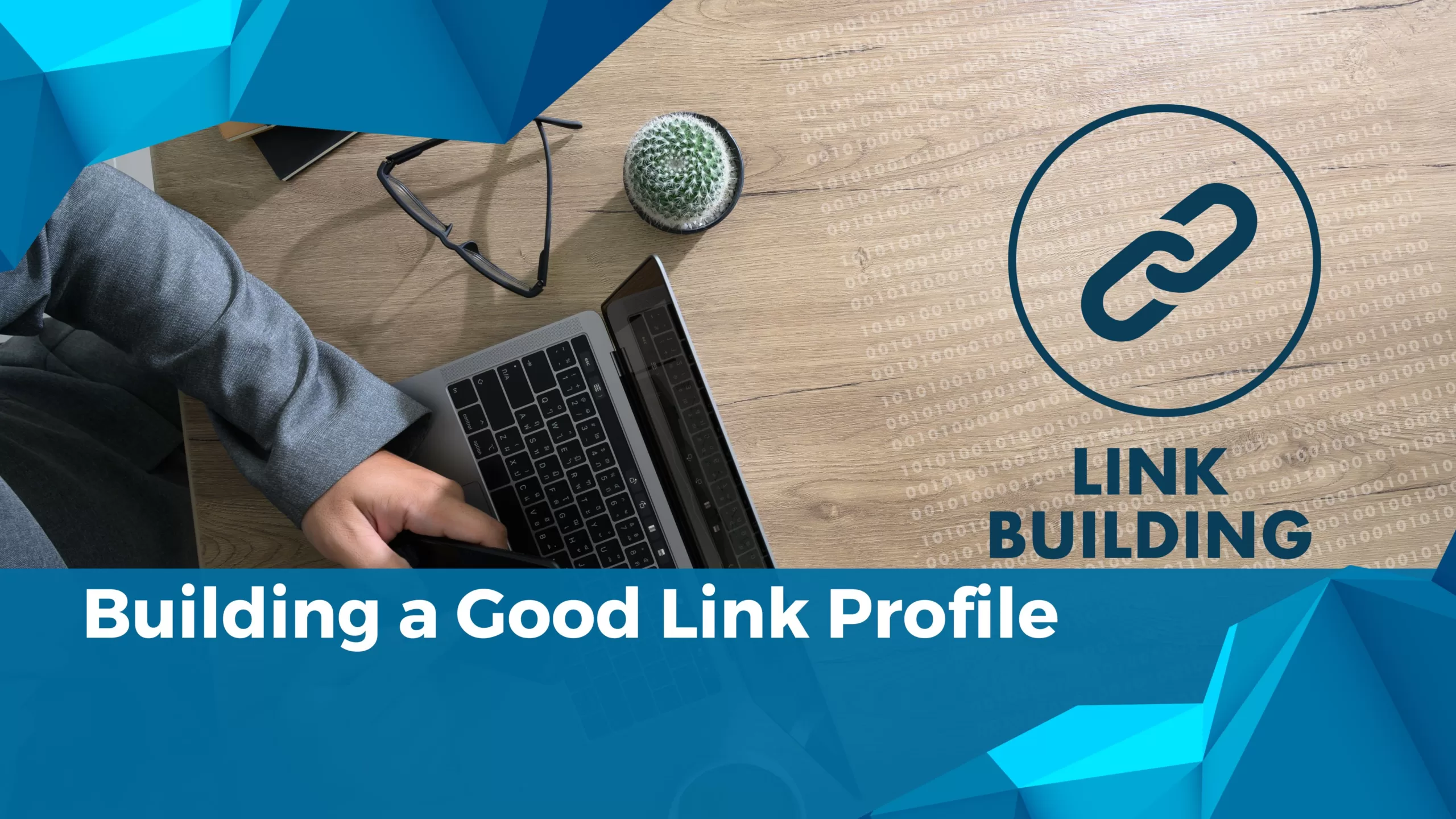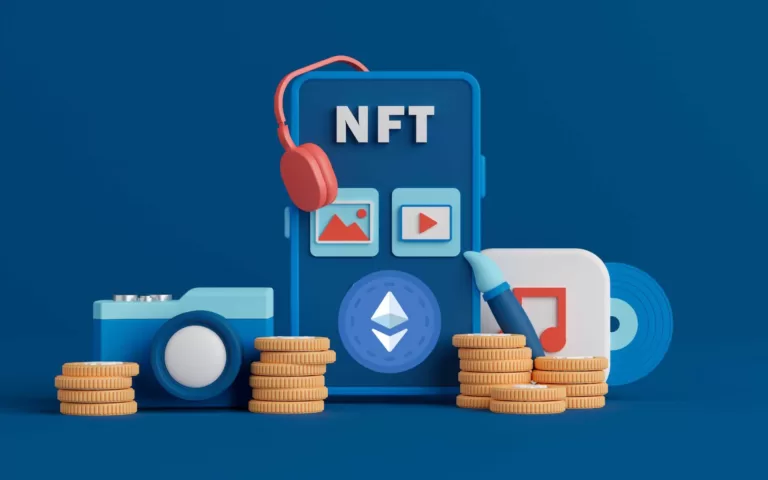Links play a very important role in marketing and SEO, they allow you to show proper references to your information, help the user understand a related topic, guides internet crawlers in understanding your website, and finally improve your brand authority in front of search engines.
Critical Role of External and Internal Links in Marketing
External and Internal Links play different roles in marketing. External links show the validity of your data, provide references for claims and guides the reader to explore more on that topic.
Internal links help transfer the reader from one topic to the next related topic and distribute page authority to other pages of your site.
Backlinks on the other hand are seen as a vote of confidence in SEO and contribute to your authority in front of search engines like Google.
External Links
External Links are those links that you put inside your text (or article) and which points towards an external website. These links are used to provide references to the data, facts or claims made in the article.
Though most website owners do not wish to provide external links to other websites fearing a loss of “link juice”, it is rather necessary to show that your articles are indeed backed by proper data. This issue could simply be addressed by modifying an external link from do follow to no follow and is shown in the image below.

As per official sources, Google cares less about the number of external links you put in your website. However in the years of our experience as a marketing agency, we know that it alleviates user experience and hence impacts the trustworthiness of your site, ultimately contributing to your SEO.
Internal Links
Internal Links are a very critical part of your on-page SEO and are responsible for faster indexing because of faster indexing and better spread of authority over your website URLs.
The more better linked a page is to other pages on the website, the easier it will be for Google crawlers to navigate through your website. This happens because Google wishes to crawl any website with the minimum possible number of crawlers (and hence a minimum crawl budget).
As a result, any page that does not have proper internal links from other pages is considered not fit for priority crawling and hence could lose potential rankings.
External and Internal Links vs Backlinks
It is natural to be confused around internal, external and backlinks.
Internal links and external links are those that you can add to your site, internal links point inwards and external links point outwards.
Backlinks on the other hand, are the opposite of external links. They are pointed towards your website but from another site. These backlinks act as a vote of confidence on your site and the higher number of quality backlinks you have, the higher will be your site’s reputation.
How to Build a Good Link Profile?
A good link profile is a delicate balance between internal, external and backlinks. Internal links help algorithms and users read your website better, external links help them explore additional resources, whereas backlinks give you traffic and improve brand authority.
Internal Links
Internal Links should always be done to a maximum extent on a website. The higher the number of internal links on a page, the better will be its connection with other pages on the website.
Google and other search engines use this internal link to crawl and index your pages and therefore, there should be maximum internal linking within your site. Consider it similar to a spider web, the more the threads are connected to each other, the stronger it will be.
If a certain page does not have links coming to it, this could result in the page being ignored by the search engine.
Backlinks
Building backlinks is critical these days because unlike Google’s advice on relying on natural backlinks, more and more website owners have been reaching out to solicit backlinks. sometimes even trading for them.
To build a proper backlink profile of your website, you should first gather them from social medial websites (Medium, Quora, Pinterest). The next step is to launch a PR campaign, which cost money but get you hundreds of websites in little time (around a week).
External Links
There is no definite metric or suggested number for external links on a site. However, you should have proper referencing to all the data-based claims made on the site. Typically, we use 2-3 external links per 1000 words in our articles. This may reach 10 for certain industries and could also fall down to 1 for some others.




